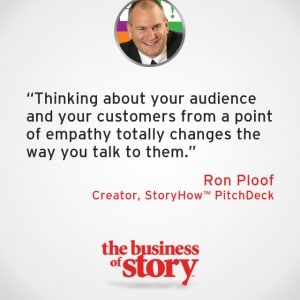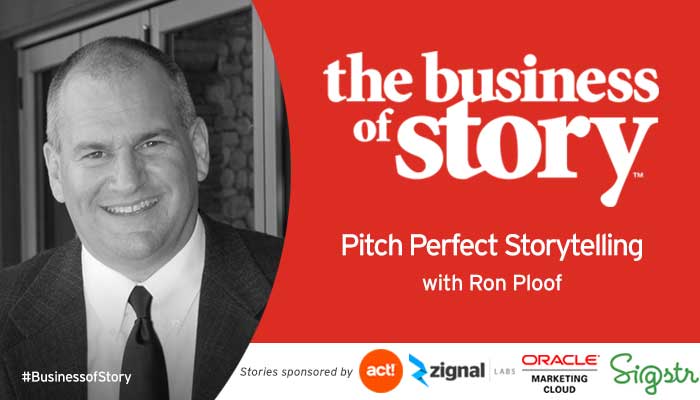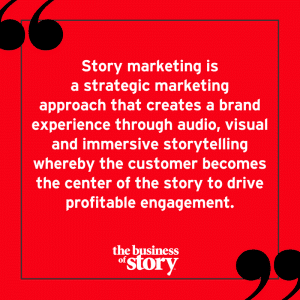Life is really simple, but we insist on making it complicated. Confucius told us that centuries ago.
I learned this lesson, AGAIN, yesterday.
I was teaching storytelling to 7th and 8th graders in a South Phoenix school. Talking about a tough room.
 My audience was 15 kids from a rough neighborhood. My pal, Marilyn Seymann, works with them after school three days a week, and asked if I would teach them something about story. The plan was to underscore the importance of their own personal story and how they could live into it to achieve their goals.
My audience was 15 kids from a rough neighborhood. My pal, Marilyn Seymann, works with them after school three days a week, and asked if I would teach them something about story. The plan was to underscore the importance of their own personal story and how they could live into it to achieve their goals.
Instead of me owning the room, they owned me. I showed a couple videos about storytelling, which they loved. But as soon as I got into teaching them basic story structure, I lost them. They had been cooped up in that room all day. The last thing they wanted was another session on anything.
Out of the 15, three participated fully. A fourth, a quiet young man who is blind in one eye and was burrowed under his hoody most of the afternoon, silently handed his haunting story to Marilyn. It was about his dead father watching over him as he toiled through school with a goal of joining the U.S. Army and being an infantryman in Afghanistan. His story was so far from my story, I had a hard time relating. And that was the problem.
I lost my audience early because I did not simplify my storytelling presentation. I don’t mean to dumb it down. These are smart kids who don’t get a lot of breaks in life. I simply didn’t know my audience well enough to make it relevant to them.
I bombed.
What I learned is the power of simplicity. But to get to simple, you have to know your audience and speak from their worldview.
The universe is smacking me upside the head with this concept, because this week on the Business of Story podcast, Ron Ploof joins me to talk about how to simplify our storytelling, especially in professional services firms. Ron comes to business storytelling from a highly unlikely place – the technology industry – where stats and facts are typically the featured items over benefit-driven storytelling.
“I happen to have a lot of left-brain activity, and so I did choose the sciences and I got a degree in electrical engineering, Ron said. However, storytelling has always been how I’ve communicated to people. And I think I’ve just done it unconsciously for all of these years.”
Ron was highly successful in his storytelling pursuits when he headed social media efforts for Epson.
In the technology industry that thrives on over complication, Ron has helped simplify how to pull together a brand story. He is the creator of the StoryHow Pitch Deck and gives StoryHow workshops around the world. (I could’ve used him yesterday). He is also the author of Read This First: The Executive’s Guide to New Media.
Given Ron’s tech background, I had to bring up the scene from Mad Men where Don Draper tells a story to romance the “technological achievement” of the new Kodak Carousel projector. Watch how he brings the feature to life (and wins over the Kodak folk) with his brilliant storytelling.
Ron’s StoryHow approach is a fun and pragmatic way to simply assemble your story elements to create powerful narratives.
One of the areas in business where we all overcomplicate things is in our campaigns. Business communicators tend to create a campaign, run it, and then move on without fully leveraging all of the stories that result from the effort.
“One of the things that I’m always telling companies is, look, you don’t have a hard time finding stories. They’re all around you. But you tend to step over them. You ignore them. And that’s one of the reasons that we need to take a step back and think about all the work you’re putting into these campaigns. There are story starters sitting at the end of every single one,” Ron said.
Join Ron and me this week on our Business of Story podcast, and learn how to create powerful brand and business stories simply. And he reminds us of that one important rule:
Simplify your message by truly knowing, appreciating and empathizing with your audience.











